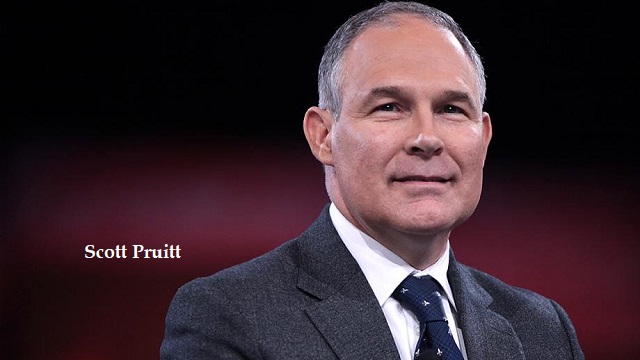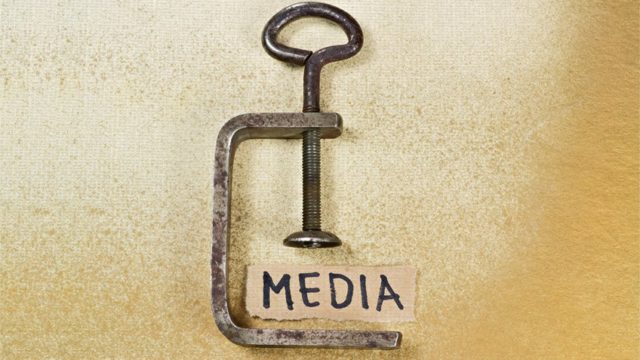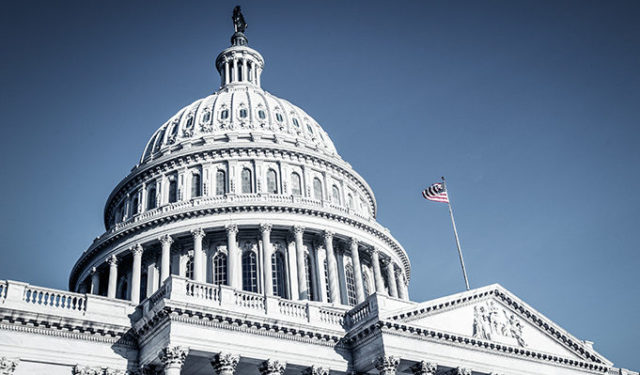VIDEO: Drug Companies Paid Doctors to Prescribe Opioids that Kill 33,000 Yearly
$46 million was paid to 68,000 Medical doctors for their opioid prescriptions as kick-backs, according to the CDC.
“This is outrageous and just the latest example of how drug companies are killing people with their products,” says Dr. Richard Ruhling, a retired physician who once relieved a doctor for a week in a pain clinic where everyone who came in was addicted to opioids or Xanax.
Ruhling cites his own experiences to indicate this problem shouldn’t have to exist. His solution? Doctors should quit prescribing those drugs that are so addictive.
Is it heartless not to prescribe strong drugs for patients who complain of pain?
Ruhling says in his office and emergency room practice, he never initiated a prescription for those substances now seen as the cause of deaths.
Darvon or Tylenol with Codeine are far less addictive and go a long ways to cutting pain, and there is nothing wrong with living with some pain while the body heals.
Ruhling was hit by a taxi in New York City. He woke up on the street with a crowd around him and they said lay still, an ambulance is coming. Ruhling stood up, almost fainted, but said he was ok and limped off with pain in his leg.
X-rays by an orthopedic friend showed a fractured fibula (non-weight bearing side bone in the lower leg) and Ruhling’s knee felt like a pumpkin. His leg turned purple from a broken artery but bleeding stopped from the pressure of the swelling.
He got phlebitis (inflammation of the leg vein) that throbbed and kept him awake at night. What he did to treat it is explained in a video, on this opioid problem…
Each night it got a little better. He used a cane and limped to take the weight off the leg while getting around as it healed. His leg healed without the need for surgery or habit-forming drugs that his orthopedic friend offered.
A more common problem is men at work who hurt their low back by heavy lifting and instead of seeing a chiropractor (first choice in Europe), they go to an MD who takes back x-rays that rarely show anything and he recommends moist heat and bed rest and an Rx for pain.
But if his Rx is an opioid, it is very easy for that patient to become addicted because they often return to work too early because the Rx masks the pain so well, and when they try to stop it, they feel the pain and need to continue…a perfect setup for a failed recovery and opioid addiction, says Ruhling.
But we shouldn’t look for improvement anytime soon because drug companies spend $400 million a year on donations to congress for their re-election campaigns according to Marcia Angell, MD, former editor of the New England Journal of Medicine. She made that statement decades ago, it’s probably tripled by now, says Ruhling, adding that the FDA also gets millions from big pharma yearly.

Drug opioid overdose deaths by state in 2014.
Angell’s interview on 60 Minutes referenced her book, “The Truth About the Drug Companies.” She should have included a chapter on congress.
Every nation practicing western medicine is on the brink of bankruptcy because of pharmaceutical greed (drugs costing 10x more than 50 or 60 years ago).
Drug companies deceive MD’s as to the benefits of drugs while they fill the Physicians Desk Reference with 3500 pages of adverse drug reactions, contraindications, drug interactions, pregnancy warnings, carcinogenesis, etc.
Pharmacology evolved from toxicology which studied how much chemical killed half the lab rats. Not much has changed.
“In the widest sense of the word, every drug is by definition a poison. Pharmacology and toxicology are one, and the art of medicine is to use these poisons beneficially.” Drill’s Textbook of Pharmacology in Medicine, chapter 5, Mechanisms of Drug Action.
The last warning in the Bible is a call to come out of Babylon which includes our healthcare system as a leading cause of death. The Bible says, “for by her sorceries [Greek word is pharmakeia] were all nations deceived.” Rev 18:23.
Ruhling says he got a penicillin shot most winters as a child, but since he became a vegetarian in college, he’s had only one prescription (for intestinal flu) in 60 years and that’s in spite of high exposure to colds and flu in emergency rooms.
ABOUT DR. RICHARD RUHLING
Dr. Richard Ruhling is a retired physician. His website is http://RichardRuhling.com where he has information on personal healthcare summarized by NEW START and a video on How to Cut Drug Costs, Feel Better and Live Longer
RELATED ARTICLE: CDC: Daily 91 Americans Die from an Opioid Overdose

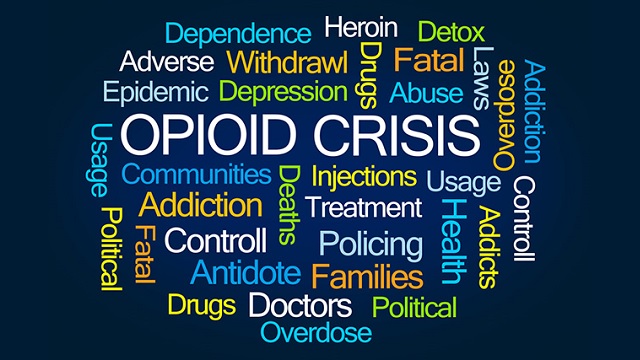



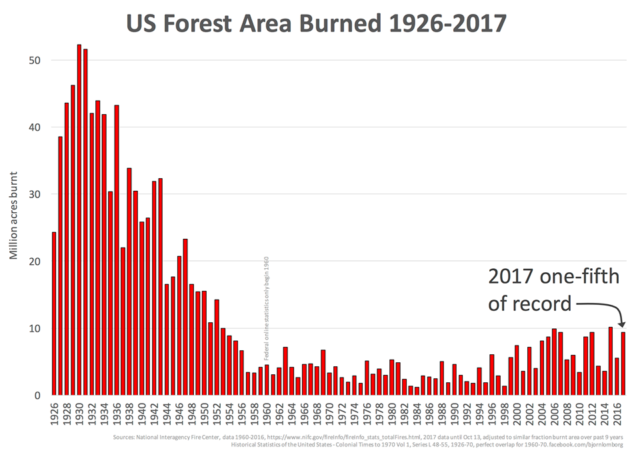 “But that is because the National Interagency Fire Center curiously – and somewhat conveniently – only shows the annual burnt area back to 1960, when fire suppression indeed was going strong, and hence we had some of the lowest amounts of burnt forests ever,” explains Bjørn Lomborg, President of the Copenhagen Consensus Center.
“But that is because the National Interagency Fire Center curiously – and somewhat conveniently – only shows the annual burnt area back to 1960, when fire suppression indeed was going strong, and hence we had some of the lowest amounts of burnt forests ever,” explains Bjørn Lomborg, President of the Copenhagen Consensus Center.




